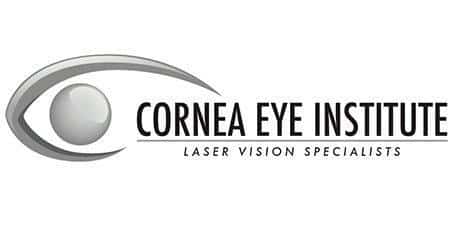

Cornea Eye Institute offers patients in and around Beverly Hills, California access to laser cataract surgery. At the practice, Dr. Gaster is a leading provider of laser cataract surgery and treatment throughout the area.
Cataracts present as a cloudiness in a person’s eyes. This cloudiness is in the lens and it interferes with the passage of light to the retina. The condition does not cause pain but it can cause several problems with vision. When a cataract blocks light’s ability to travel to the retina, the corresponding messages cannot be sent to the brain. Cataracts can develop as a result of aging and light exposure. They have also been known to develop as a result of a trauma or damage to the eye, after having a disease of the eye, following the use certain medications, and also as a result of diabetes.
The earliest changes of the crystalline lens are changes in its shape. This is why at a certain point in life your prescription for glasses will start changing more frequently, usually towards nearsightedness.
Later on, the crystalline lens starts changing its density, and the earliest symptoms of these changes tend to be glare and haloes around lights, usually more noticeable during night driving. As the cataracts develop, the lens becomes more opaque and contrast sensitivity starts decreasing, manifested for example in needing to brighten up the room for reading on dim lights, among other activities. In more advanced cases there is a decline in visual acuity, which is reversible with treatment.
Cataracts can be responsible for:
Cataract surgery consists in removing the opaque crystalline lens from the eye and replacing it with a synthetic lens: Intraocular Lens (IOL). The surgery has evolved tremendously since it was developed and in current times it is one of the most commonly performed procedures in the United States.
The surgery can be performed completely mannually with the use of surgical instruments. However, the development of femtosecond laser technology, now offers the option to create the incisions into and inside the eye with a laser, and then proceed to emulsify and aspirate the lens (phacoemulsification) and insert the intraocular lens. The following video compares femtosecond cataract surgery to standard (manual) cataract surgery:
Aside of a standard IOL, there are also a variety of intraocular lenses to choose from.
There is also the option of combined toric-multifocal IOLs for those patients with astigmatism who want to minimize their dependance on spectacles.
During cataract evaluations, options are discussed and the selection of the IOL is tailored individually to each patient. Each patient will benefit from different lenses given the specific features of their eyes and their specific daily visual needs. Optimal IOL selection is the key to patient satisfaction after cataract surgery, and Bishop Manuel Cruz is as a living proof of this:
When a person’s cataracts are severe and interfere with his or her daily life, surgery is generally used to treat them. Laser cataract surgery utilizes a femtosecond laser to accurately and precisely extract the cataract. This treatment is far less risky and can significantly improve the person’s sight. During the operation, the laser is used to make a corneal incision. The incision and operation techniques will be planned out using a 3D image of the eye referred to as an optical coherence tomography, or OCT. This technology assists to ensure that the incision is self-sealing and minimizes the chance of infection. To access the cataract, the eye’s capsule is excised in a step known as a capsulotomy. This step is crucial because the opening must be small enough to leave the remainder of the capsule unharmed. The capsule must also hold the patient’s new artificial lens in place as well. Then, the laser is used to make the cataract pliable and break it up so that it can be removed. The artificial lens is then placed and the operation is finished.
To learn more about cataract surgery, please click HERE.
To watch a video demonstrating how laser cataract surgery is performed, click HERE.
To learn more about premium lenses for reading, please click HERE.